How Fantastical Worlds Take Shape: Adventures in Drawing
Have you ever gazed at a piece of fantasy art and felt as if you were being pulled into another realm? The kind of world where dragons soar through the skies and enchanted forests whisper secrets? This article explores the creative process behind drawing these fantastical worlds, highlighting the techniques, inspirations, and the incredible journey from imagination to paper. Join us as we uncover how artists breathe life into their unique visions and transport us to realms beyond our wildest dreams.
Fantasy art is not just a genre; it's a gateway to the impossible. It combines imagination and creativity, allowing artists to craft worlds that defy the laws of nature. In this section, we delve into the elements that define fantasy art, such as vibrant colors, mythical creatures, and surreal landscapes. Each piece tells a story, inviting viewers to explore the depths of the artist's imagination. The significance of fantasy art in visual storytelling lies in its ability to evoke emotions and transport us to places we’ve never been, igniting our curiosity and wonder.
To bring their fantastical visions to life, artists utilize a variety of tools. From traditional pencils to advanced digital software, each tool plays a crucial role in the drawing process. Understanding these tools can enhance an artist's ability to create stunning artwork. Below is a brief overview of some essential tools:
| Tool Type | Description |
|---|---|
| Traditional Pencils | Perfect for sketching and creating initial drafts. |
| Inking Pens | Used for outlining and adding detail. |
| Watercolors | Great for adding depth and vibrancy to landscapes. |
| Digital Software | Allows for extensive editing and experimentation. |
Traditional drawing techniques form the backbone of many artists' practices. Techniques like sketching, inking, and painting are essential for creating vibrant fantasy landscapes. Each method contributes uniquely to the final piece, allowing for a range of textures and depths. For example, sketching serves as the foundation, where ideas begin to take shape on paper. Inking adds definition and clarity, while painting brings color and life to the artwork.
Sketching is the cornerstone of any drawing. It’s where the magic begins! Basic sketching techniques involve understanding proportions, shapes, and forms. Imagine sketching as laying the groundwork for a building; without a solid foundation, the structure may crumble. This initial phase allows artists to explore their ideas freely, making adjustments as they go. The beauty of sketching lies in its fluidity—it's all about capturing the essence of the concept before diving into the details.
Once the sketch is complete, the next steps are inking and coloring. These techniques are crucial for enhancing the depth and vibrancy of fantasy art. Inking gives the piece a polished look, emphasizing outlines and intricate details. After inking, coloring breathes life into the artwork, allowing artists to play with hues and shades. Think of it as dressing a character for a grand ball; the right colors can transform the ordinary into the extraordinary!
In today’s digital age, art has evolved dramatically. Digital tools have revolutionized how artists create, offering endless possibilities for experimentation and refinement. With software like Photoshop or Procreate, artists can easily undo mistakes, layer elements, and utilize a wide range of brushes that mimic traditional techniques. This flexibility allows for more creativity and innovation, enabling artists to push the boundaries of their fantastical creations.
Inspiration can spring from various sources, including nature, literature, and mythology. Artists often cultivate their creativity by observing the world around them. Nature, with its breathtaking landscapes and diverse ecosystems, serves as a powerful muse. Have you ever noticed how the colors of a sunset can inspire a fantasy landscape? Elements of the natural world influence the design of fantastical creatures and environments, making them feel both real and magical.
Nature is often the wellspring of inspiration for fantasy artists. From towering mountains to serene lakes, the beauty of the natural world can spark a myriad of ideas. For instance, the intricate patterns of leaves might inspire the design of a mythical creature's wings. By observing the details in nature, artists can create worlds that resonate with authenticity while still embracing the fantastical.
Stories and folklore provide rich narratives that fuel the imagination. Literature and mythology are treasure troves of inspiration, offering a wealth of characters, settings, and themes. Artists often draw from these narratives, weaving them into their creations. Whether it’s the heroic tales of ancient gods or the whimsical stories of enchanted realms, these narratives help shape unique worlds and characters that captivate audiences.
Every artist has a unique style that sets their work apart. Developing a personal artistic voice is crucial in the realm of fantasy drawing. It’s what makes an artist's work recognizable and memorable. The journey to finding your style can be both exciting and challenging, but it’s essential to embrace experimentation and practice.
Experimentation is key to discovering one's artistic style. It’s like trying on different outfits until you find the one that feels just right. Artists should not shy away from trying new techniques or mediums. The more you practice, the more you'll refine your approach and develop a distinctive style that reflects your personality and vision.
Artists are often influenced by their favorite creators. Studying the work of others can provide valuable insights and inspiration. By analyzing different styles and techniques, aspiring artists can shape their own unique voices while paying homage to those who came before them. It’s a beautiful cycle of creativity that fosters growth and innovation in the art community.
Characters are the heart of any fantastical world. They breathe life into the narrative and engage the audience. Designing compelling characters involves understanding their anatomy, expressions, and costumes. These elements work together to create figures that resonate with viewers and enhance the overall story.
Understanding character design fundamentals is essential for creating memorable figures. Artists must pay attention to anatomy, ensuring that characters are proportionate and believable. Expressions convey emotions, allowing viewers to connect with the character on a deeper level. Additionally, costume design plays a significant role in character identity, reflecting their personality and background.
Characters play a pivotal role in storytelling. They are the vessels through which narratives unfold. Artists can convey emotions and narratives through their character designs, enriching the viewer's experience. A well-designed character can evoke empathy, intrigue, or even fear, making the story all the more engaging.
The final stages of creating fantasy art involve refining and presenting the work. This is where the magic truly happens! Editing and refining are crucial steps in the artistic process. Artists assess their work, making necessary adjustments to enhance the overall quality. Once satisfied, it's time to prepare the artwork for display or publication, ensuring it reaches a broader audience.
Editing and refining are essential to achieving a polished final piece. Artists should take a step back and assess their work critically. This process may involve adjusting colors, correcting proportions, or enhancing details. The goal is to create a cohesive and visually stunning piece that captivates viewers.
Finally, sharing artwork with a broader audience is vital for any artist. Various platforms, such as social media, online galleries, and art communities, offer opportunities to showcase fantasy art. Building a community around your work not only provides feedback but also fosters connections with fellow artists and enthusiasts.
- What materials do I need to start drawing fantasy art? You can start with basic materials like pencils, paper, and erasers. As you progress, consider investing in inking pens and coloring tools.
- How can I find inspiration for my fantasy art? Inspiration can come from various sources, including nature, books, movies, and even dreams. Keep a sketchbook handy to jot down ideas as they come!
- Is it necessary to have formal training in art? While formal training can be beneficial, it’s not necessary. Many successful artists are self-taught. The key is to practice and keep learning.
- How do I develop my unique style? Experiment with different techniques and mediums. Over time, you'll discover what resonates with you and develop a style that reflects your artistic voice.

Understanding Fantasy Art
Fantasy art is a captivating genre that merges the realms of imagination and creativity, allowing artists to construct worlds that defy the boundaries of reality. In this magical space, the only limits are those of the artist's own creativity. Think about it—where else can you find dragons soaring through the skies, enchanted forests filled with mythical creatures, or sprawling cities built from the dreams of their creators? This genre is not just about pretty pictures; it's a powerful tool for visual storytelling that can evoke emotions, provoke thoughts, and transport viewers to places they’ve never been.
At its core, fantasy art is defined by several key elements that set it apart from other artistic forms. These include:
- Imagination: The heart of fantasy art lies in the artist's ability to envision scenes, characters, and narratives that exist solely in their mind. This imaginative process is often inspired by personal experiences, dreams, or even day-to-day observations.
- Symbolism: Fantasy art frequently employs symbols to convey deeper meanings. For example, a dragon might represent power, while a phoenix could symbolize rebirth, allowing artists to communicate complex ideas through visual means.
- World-Building: Creating a believable and immersive world is essential in fantasy art. Artists often develop intricate backstories, cultures, and landscapes to make their creations feel authentic and engaging.
- Characterization: Characters are the lifeblood of any fantasy narrative. Their designs, personalities, and arcs breathe life into the artwork, making it relatable and compelling for the audience.
The significance of fantasy art in visual storytelling cannot be overstated. It serves as a bridge between the viewer's imagination and the artist's vision, allowing them to experience stories in a unique and visually stunning way. Whether it’s through illustrations in books, concept art for films, or digital creations shared on social media, fantasy art has a way of captivating audiences and igniting their own imaginations.
Moreover, fantasy art plays a crucial role in various industries, including gaming, film, and literature. In the gaming world, for instance, artists create mesmerizing landscapes and characters that enhance the player's experience, immersing them in a world that feels alive and vibrant. Similarly, in film, concept art helps visualize the director's vision, setting the stage for breathtaking visuals that bring stories to life on the big screen.
In conclusion, understanding fantasy art is about more than just recognizing beautiful illustrations; it’s about appreciating the intricate blend of imagination, symbolism, and storytelling that fuels this genre. As artists continue to push the boundaries of creativity, they invite us all to step into fantastical realms that challenge our perceptions and inspire our dreams.
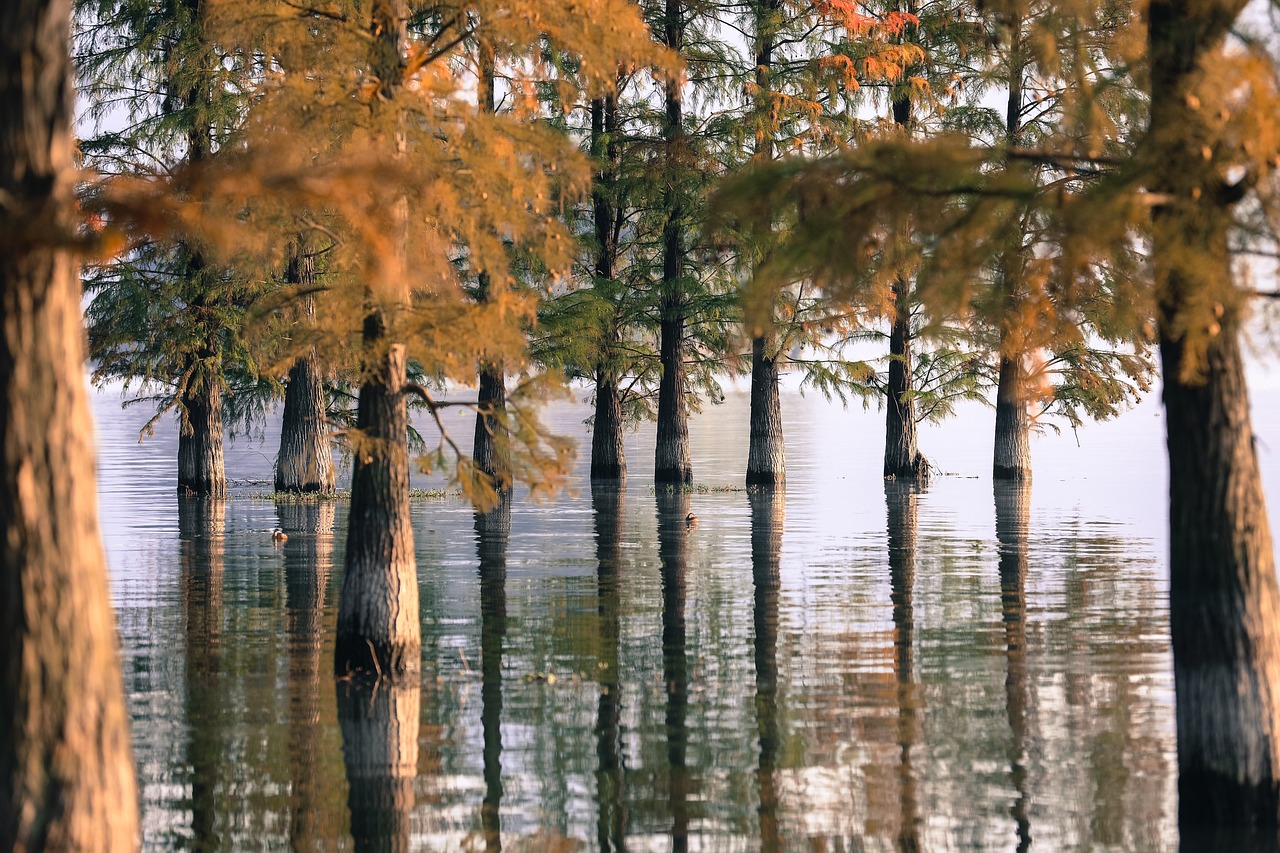
Tools of the Trade
When it comes to bringing fantastical visions to life, the are as diverse as the artists themselves. Whether you're wielding a traditional pencil or navigating the intricate world of digital software, each tool offers unique possibilities and challenges. The choice of tools can significantly impact the creative process, allowing artists to express their imagination in various ways. In this section, we'll explore the essential tools that every fantasy artist should consider, along with their effects on the drawing process.
Artists typically fall into two categories when it comes to their preferred tools: traditional and digital. Traditional artists often rely on a combination of pencils, inks, and paints to create their masterpieces. These tools have been used for centuries and offer a tactile experience that many artists cherish. On the other hand, digital artists harness the power of graphic tablets and software like Adobe Photoshop or Procreate, which provide an array of features that can enhance creativity and efficiency.
For those who lean towards traditional methods, the journey often begins with the simple act of sketching. A well-crafted sketch serves as the foundation for any drawing, allowing artists to map out their ideas before committing to details. This process is crucial in developing complex fantasy worlds and characters. Once the sketch is complete, artists may proceed to inking, which adds depth and definition to the artwork. The choice of ink can vary from fine liners to brushes, each producing a different effect.
After inking comes the exciting stage of coloring. Artists can choose from various mediums, including watercolor, acrylics, or colored pencils. Each medium has its own unique characteristics and can dramatically alter the final appearance of the artwork. For instance, watercolors can create soft, ethereal effects, while acrylics offer vibrant and bold colors. The choice of medium is often a reflection of the artist's personal style and the mood they wish to convey.
In recent years, digital art has gained immense popularity, transforming how artists create and share their work. With the advent of graphic tablets, artists can draw directly onto the screen, allowing for precision and ease that traditional methods may lack. Digital tools also enable artists to experiment with layers, filters, and effects, making it easier to refine their creations. The ability to undo mistakes or try different color palettes without the fear of ruining a piece is a game-changer for many artists.
Moreover, digital platforms often come with built-in tutorials and resources, making it easier for aspiring artists to learn and grow. For example, programs like Clip Studio Paint and Corel Painter offer a wide range of brushes that mimic traditional mediums, allowing artists to enjoy the best of both worlds. This fusion of traditional and digital techniques opens up endless possibilities for creativity.
Ultimately, the tools an artist chooses to use can shape their artistic journey. Whether you prefer the classic feel of a pencil on paper or the sleek interface of a digital tablet, what matters most is how you wield these tools to bring your fantastical worlds to life. As you experiment with different mediums and techniques, you’ll discover your unique voice and style, allowing your imagination to soar.
- What are the best tools for beginners in fantasy art? Beginners may find that starting with basic pencils, sketchbooks, and perhaps a set of watercolors is a great way to explore their creativity without feeling overwhelmed.
- Can I use digital tools if I prefer traditional art? Absolutely! Many artists today blend both traditional and digital techniques to create unique pieces. You can start with traditional sketches and then enhance them digitally.
- How do I choose the right medium for my artwork? Experimentation is key! Try out different mediums and see which one resonates with your style and the type of artwork you want to create.
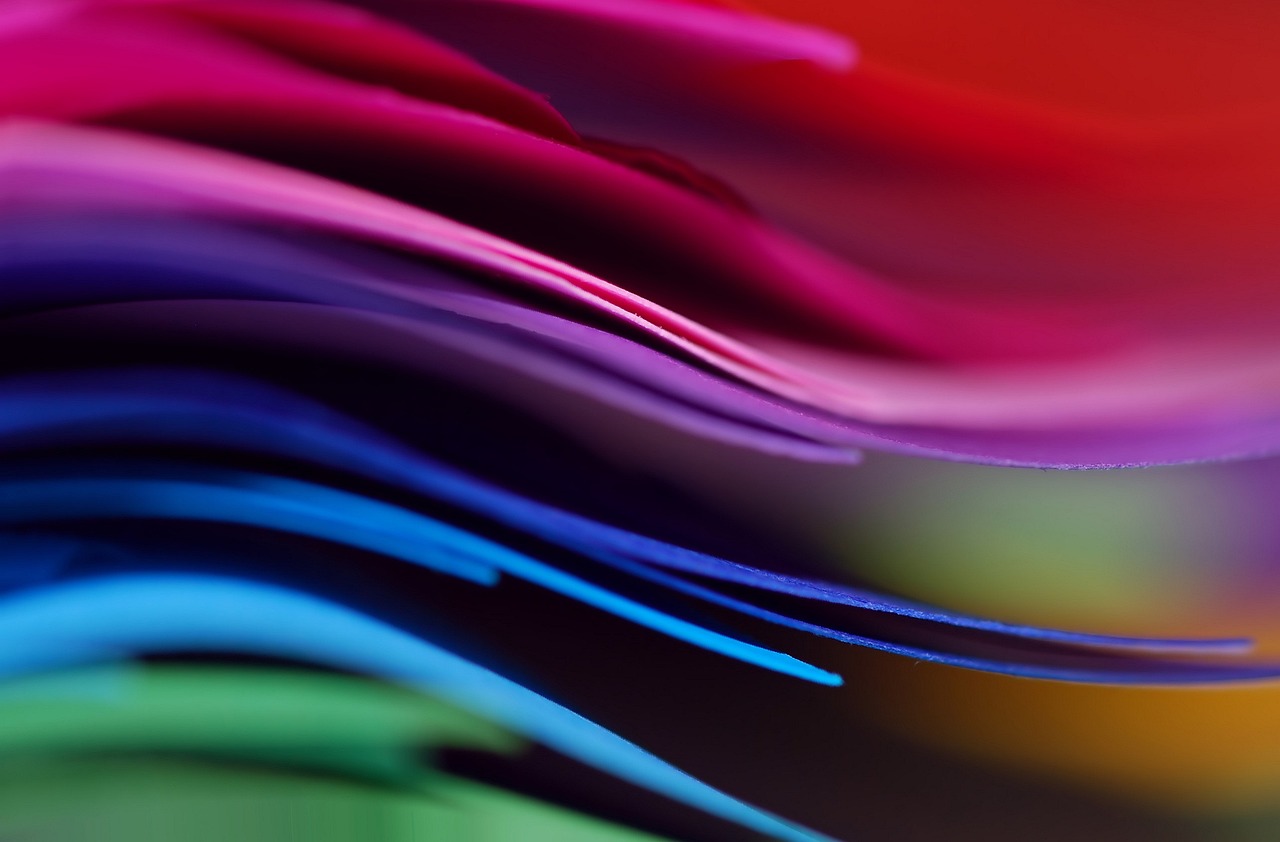
Traditional Drawing Techniques
When it comes to crafting fantastical worlds, traditional drawing techniques serve as the backbone of an artist's journey. These methods not only lay the groundwork for intricate designs but also breathe life into the artist's imagination. Imagine sketching out a sprawling landscape filled with towering mountains and mystical creatures, where each stroke of the pencil brings you one step closer to realizing your vision. This is the power of traditional techniques!
One of the most fundamental techniques in traditional drawing is sketching. Sketching allows artists to quickly capture their ideas on paper, acting as a visual brainstorming session. It’s like a warm-up for the mind, where loose lines and shapes come together to form the basis of what will eventually become a detailed piece of art. The beauty of sketching lies in its freedom; there are no mistakes, only opportunities to explore different angles, poses, and compositions.
Once the initial sketches are complete, artists often move on to inking. This process involves going over the pencil lines with ink, creating bold outlines that define the characters and landscapes. Inking is like adding the finishing touches to a masterpiece; it enhances the clarity and depth of the artwork, making it pop off the page. Moreover, the choice of inking tools—be it brushes, pens, or markers—can significantly affect the final look of the piece. For example, a brush might create softer, more organic lines, while a fine pen can lend a sharp, precise feel.
After inking comes the exciting phase of coloring. Coloring is where the magic truly happens; it’s the moment when an artist's vision bursts into life with vibrant hues. Whether using traditional mediums like watercolors, colored pencils, or markers, the choice of colors can evoke specific emotions and set the mood for the entire artwork. Imagine a dark, stormy sky painted in deep blues and purples, contrasting with the warm, golden glow of a castle in the distance. This interplay of colors can transport viewers into the artist's fantastical realm.
In addition to these techniques, artists often utilize blending and shading to add depth and dimension to their work. Blending techniques, such as using a tortillon or even fingers, can create smooth transitions between colors, making landscapes feel more immersive. Shading, on the other hand, helps to define shapes and create shadows, giving characters and objects a three-dimensional quality. It’s like adding the final layer of icing on a cake; it brings everything together and makes the artwork feel complete.
To summarize, traditional drawing techniques are essential for artists venturing into the realms of fantasy. By mastering sketching, inking, coloring, blending, and shading, artists can effectively translate their imaginative visions into tangible art. Each technique contributes to the overall narrative of the piece, inviting viewers to step into a world that exists only within the artist's mind. So grab your pencils, inks, and colors, and embark on your own adventure in creating fantastical worlds!
- What materials do I need for traditional drawing?
Basic materials include pencils, erasers, fine liners or inks, and a selection of coloring tools like markers or colored pencils. - How can I improve my sketching skills?
Practice regularly, study from life or reference images, and experiment with different styles and techniques. - Is it necessary to ink my sketches?
Inking is not mandatory, but it can enhance the clarity and impact of your artwork, making it stand out. - What is the best way to learn coloring techniques?
Try out different coloring mediums, watch tutorials, and practice blending and shading to see what works best for you.
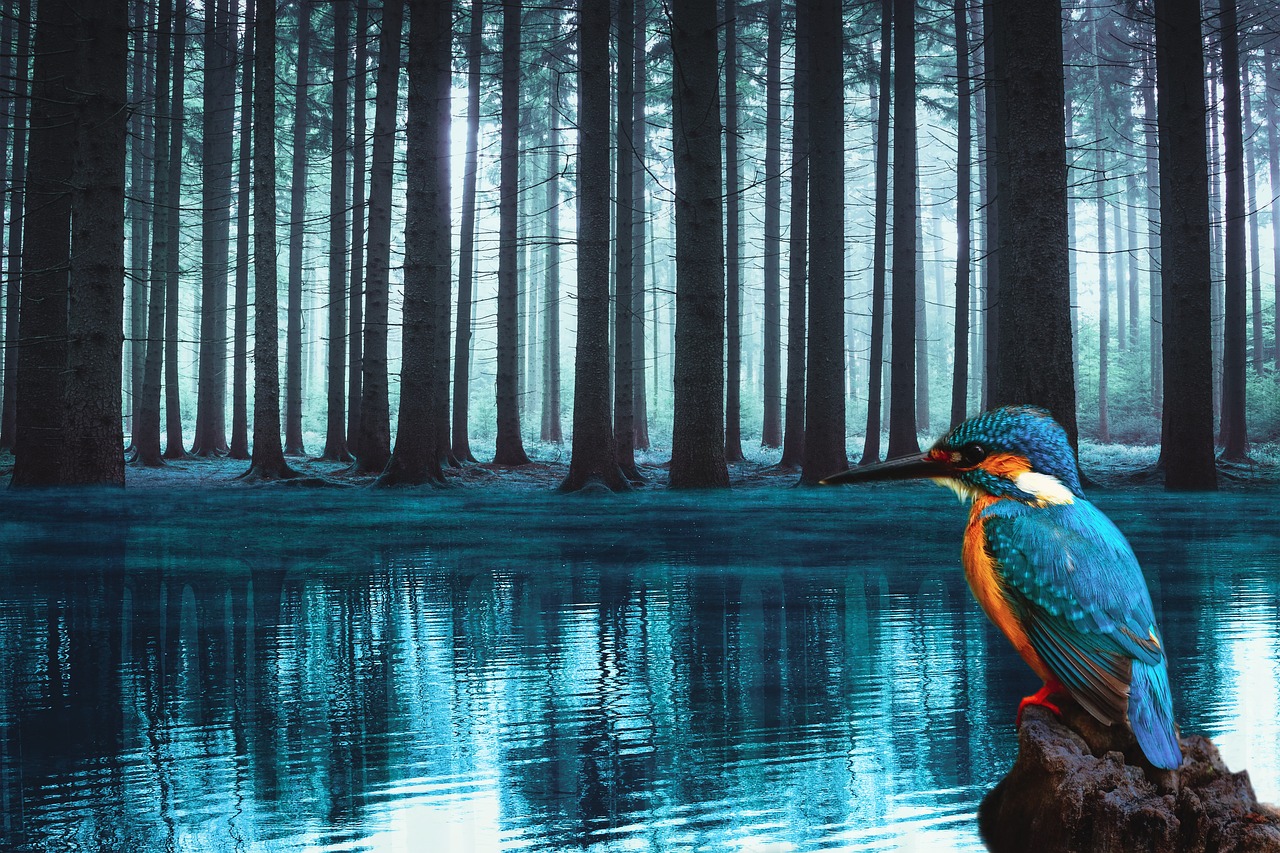
Sketching Basics
Sketching is the foundation of any drawing, especially when it comes to creating fantastical worlds. Imagine sketching as the blueprint of a grand castle; without it, you might end up with a wobbly structure that collapses under the weight of your imagination. The process of sketching allows artists to explore their ideas freely, capturing the essence of their vision before committing to more permanent mediums. It's a playful dance between the pencil and the paper, where mistakes are not failures but stepping stones to greater creativity.
To get started with sketching, it's essential to understand a few key techniques that can elevate your work:
- Gesture Drawing: This technique involves quickly capturing the essence of a subject's movement and form. It's not about details but rather the overall flow and energy of the figure. Think of it as a warm-up exercise for your artistic muscles.
- Shapes and Forms: Breaking down complex figures into basic shapes can simplify the drawing process. For instance, envision a dragon as a series of circles, triangles, and rectangles. This method helps in achieving correct proportions and perspectives.
- Line Quality: Varying the pressure on your pencil can create different line qualities, adding depth and interest to your sketches. Thicker lines can indicate shadow or weight, while lighter lines can suggest delicacy or detail.
Sketching also serves as a creative outlet, allowing artists to express their thoughts and ideas without the constraints of perfectionism. Many artists keep a sketchbook handy, treating it as a personal journal where they can doodle, experiment, and document their visual explorations. This practice not only hones their skills but also fosters a deeper connection to their creative process.
As you embark on your sketching journey, remember that the key is to embrace imperfection. Every line drawn is a part of your artistic evolution. Don't shy away from making mistakes; instead, let them guide you toward new discoveries. Just like a sculptor chiseling away at stone, your sketches will evolve into intricate masterpieces with time and dedication.
In conclusion, mastering the basics of sketching is crucial for any artist looking to create vibrant fantasy worlds. By understanding and practicing key techniques, you can unlock the full potential of your imagination and bring your fantastical visions to life on paper.
Q: What materials do I need to start sketching?
A: You can start with a simple pencil and sketchbook. As you progress, you might want to experiment with different types of pencils, charcoal, and inks.
Q: How do I overcome the fear of making mistakes in my sketches?
A: Remember that every artist makes mistakes. Embrace them as part of your learning process. Try to focus on the joy of creating rather than achieving perfection.
Q: Can digital tools replace traditional sketching?
A: Digital tools can enhance your sketching experience, but many artists still find value in traditional methods. Each medium offers unique benefits, so it’s worth exploring both!

Inking and Coloring
In the world of fantasy art, are not just mere steps in the process; they are transformative stages that breathe life into your sketches. Think of inking as the moment when your pencil lines begin to dance off the page, solidifying your vision into something tangible. This is where the magic truly happens! The choice of ink type, whether it’s traditional pen and ink or digital brushes, can dramatically affect the final look of your artwork. For instance, using a fine liner can create delicate details, while a brush pen can add bold strokes that convey emotion and movement.
Once the inking is complete, the next exciting phase is coloring. Here, artists can play with a spectrum of hues to create depth and vibrancy in their fantastical worlds. The colors you choose can evoke different feelings: a vibrant palette might suggest joy and adventure, while muted tones can convey mystery or melancholy. It's essential to understand the color theory to enhance your artwork effectively. This theory includes concepts like complementary colors that can make elements pop, or analogous colors that create a harmonious blend. Here’s a quick overview:
| Color Scheme | Description |
|---|---|
| Complementary | Colors opposite each other on the color wheel, e.g., blue and orange, create high contrast. |
| Analogous | Colors next to each other on the color wheel, e.g., blue, blue-green, and green, create harmony. |
| Triadic | Three colors evenly spaced around the color wheel, e.g., red, yellow, and blue, offer vibrant balance. |
When applying color, consider layering techniques. Start with a base layer and gradually build up the intensity. This method not only adds depth but also allows for corrections along the way. Don’t be afraid to experiment! Mixing different mediums, such as combining watercolors with markers or digital painting techniques, can yield surprising and delightful results.
Finally, remember that inking and coloring are also about personal expression. Each artist brings their unique flair to these processes, making their artwork truly one-of-a-kind. So, let your imagination run wild! Embrace the unexpected, and don’t hesitate to break the rules. After all, in the realm of fantasy, anything is possible!
- What tools are best for inking? Many artists prefer fine liners, brush pens, or digital inking tools. The choice depends on the desired effect and personal preference.
- How do I choose a color palette? Consider the mood you want to convey and utilize color theory to select colors that complement each other effectively.
- Can I use traditional coloring techniques in digital art? Absolutely! Many digital artists replicate traditional techniques, such as watercolor or oil painting, using software tools.
- What’s the best way to practice inking and coloring? Regular practice, along with studying techniques from other artists, can greatly improve your skills in these areas.
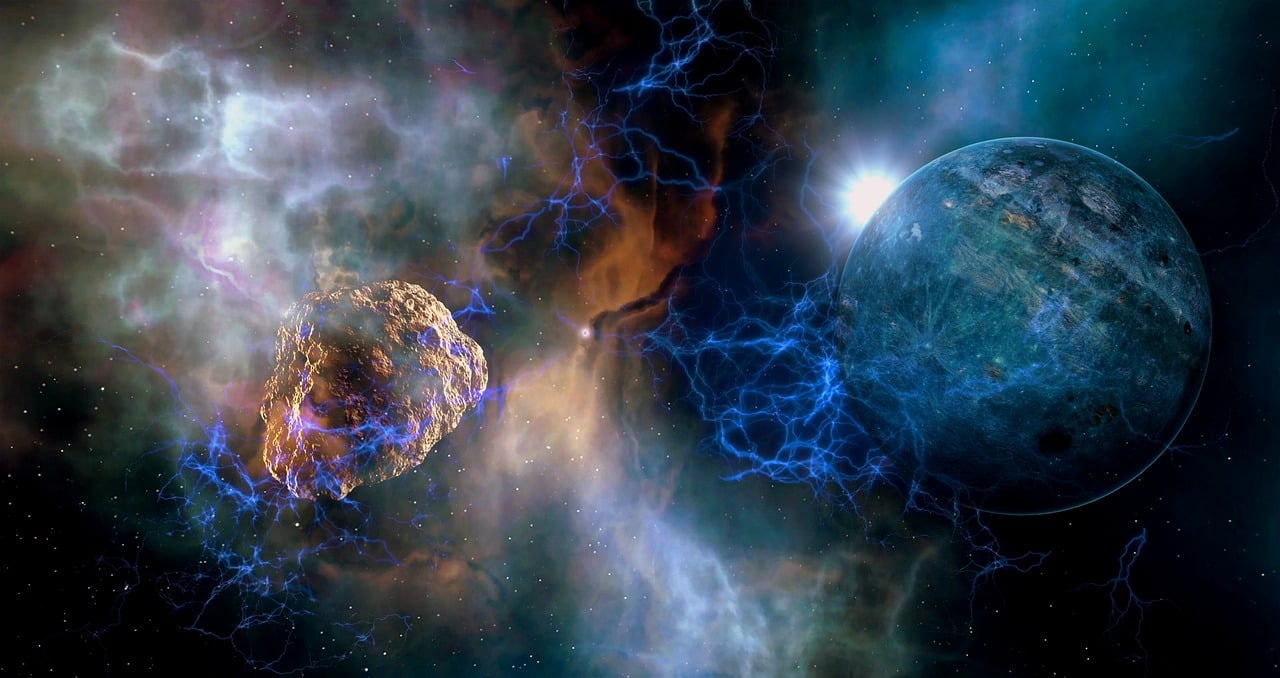
Digital Art Innovations
The world of digital art has transformed the creative landscape, offering artists unprecedented tools and opportunities to express their fantastical visions. Unlike traditional methods, digital platforms allow for a level of experimentation and flexibility that can be both exciting and liberating. Imagine being able to paint over mistakes with a mere click or to adjust colors and textures with a swish of a stylus! This innovation has not only made the drawing process more efficient but has also opened up new avenues for creativity.
One of the most significant advantages of digital art is the ability to use various software tailored to different artistic needs. Programs like Adobe Photoshop, Procreate, and Corel Painter come equipped with an array of brushes, textures, and effects that can mimic traditional media or create entirely new styles. These tools allow artists to blend their traditional techniques with modern technology, resulting in unique and stunning pieces of art.
Additionally, the integration of 3D modeling and animation software has revolutionized the way artists conceptualize their work. By using tools like Blender or ZBrush, artists can create intricate 3D models of their fantastical worlds and characters, providing a new dimension to their storytelling. This capability not only enhances visual appeal but also allows for a more immersive experience for the audience.
Moreover, digital art fosters a collaborative environment. Artists can easily share their work online, receive feedback, and even collaborate with others across the globe. Platforms such as ArtStation and DeviantArt serve as vibrant communities where artists can showcase their creations, exchange ideas, and inspire one another. This connectivity has given rise to a rich tapestry of artistic expression that transcends geographical boundaries.
In summary, the innovations in digital art have not only changed how artists create but have also expanded the possibilities of what can be achieved in the realm of fantasy art. The combination of traditional techniques and modern technology allows for a rich interplay of styles, making the journey from imagination to paper—or screen—more dynamic than ever before. As we continue to embrace these advancements, who knows what fantastical worlds will emerge next!
- What tools do I need to start digital art? You can start with a basic drawing tablet and software like Procreate or Adobe Photoshop. As you progress, you may explore more advanced tools.
- Is digital art easier than traditional art? It depends on the artist. Some find digital art more forgiving due to the ability to undo mistakes, while others prefer the tactile experience of traditional media.
- Can I sell my digital art? Absolutely! Many artists sell their digital artwork online through various platforms, including Etsy and personal websites.
- How can I improve my digital art skills? Practice is key! Additionally, consider taking online courses, watching tutorials, and participating in art challenges to enhance your skills.
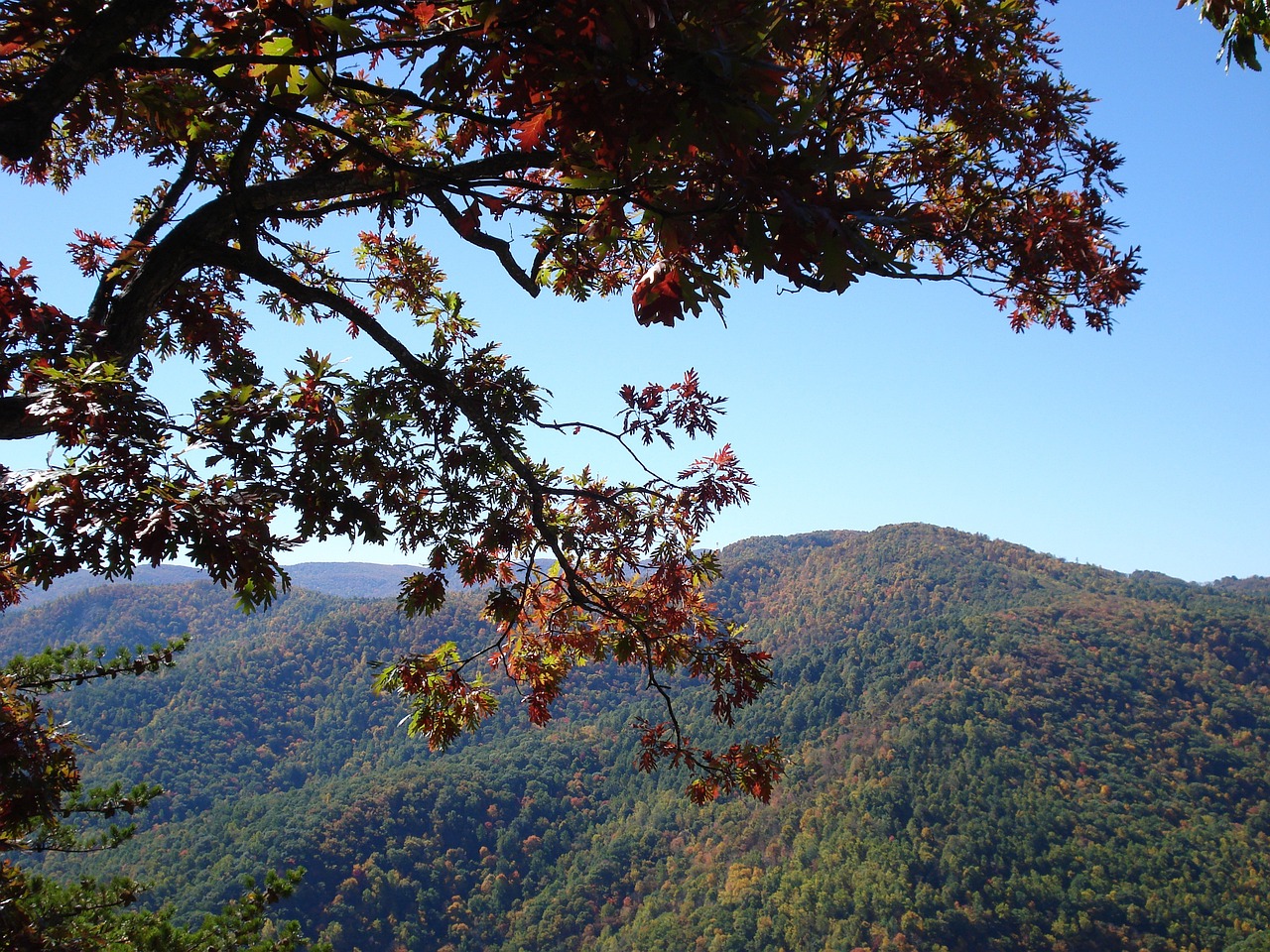
Finding Inspiration
In the enchanting realm of fantasy art, inspiration is the lifeblood that fuels creativity. It can strike at the most unexpected moments, whether you're wandering through a lush forest, diving into a captivating book, or simply daydreaming. The beauty of fantasy art lies in its ability to transcend reality, and the sources of inspiration are as varied as the worlds artists create. Let's explore some of the most profound ways artists can cultivate their creativity and draw ideas from the world around them.
One of the most significant sources of inspiration is nature. The intricate details of a leaf, the vibrant colors of a sunset, or the majesty of mountain ranges can ignite the imagination. Nature serves as a muse, offering endless possibilities for fantastical creatures and landscapes. Consider how the delicate wings of a butterfly can inspire a new dragon design or how the swirling patterns of clouds can shape the architecture of a mythical castle. The natural world is a treasure trove waiting to be explored, and artists can tap into this wellspring by observing and interpreting the elements around them.
Another rich vein of inspiration lies in literature and mythology. Stories from ancient cultures, fairy tales, and epic sagas are filled with characters and settings that spark the imagination. These narratives provide a framework for artists to build upon, allowing them to create unique worlds and characters that resonate with audiences. For example, the tales of Greek mythology can inspire a new pantheon of gods, while classic literature can provide character archetypes that artists can reinterpret in their own styles. By immersing themselves in these stories, artists can weave intricate narratives into their artwork, making the pieces not just visual representations but also rich storytelling experiences.
To truly harness inspiration, artists can also engage in practices that stimulate their creativity. Here are a few techniques that can help:
- Journaling: Keeping a sketchbook or journal can help artists jot down ideas, doodles, and inspirations as they come. This practice not only captures fleeting thoughts but also serves as a reference for future projects.
- Exploration: Traveling to new places, whether local parks or far-off lands, can provide fresh perspectives and ideas. Each new environment offers unique sights, sounds, and experiences that can influence an artist's work.
- Collaboration: Working with other artists can spark new ideas and provide different viewpoints. Engaging in discussions or collaborative projects can lead to unexpected creative breakthroughs.
In summary, finding inspiration for fantastical worlds is an ongoing journey that requires curiosity and openness to the world. By embracing nature, literature, and personal exploration, artists can cultivate a rich reservoir of ideas that will fuel their creativity. The next time you sit down to draw, remember that inspiration is everywhere, waiting to be discovered and transformed into something magical.
Q1: Where can I find inspiration for my fantasy art?
A1: Inspiration can be found in nature, literature, mythology, and even everyday experiences. Keep a sketchbook to capture ideas as they come.
Q2: How can nature influence my artwork?
A2: Nature offers various colors, textures, and forms that can inspire the design of creatures and landscapes in your fantasy art.
Q3: What role does literature play in finding inspiration?
A3: Literature, especially myths and stories, provides rich narratives and character archetypes that can inspire unique worlds and characters in your artwork.
Q4: How important is experimentation in the creative process?
A4: Experimentation is crucial! Trying new techniques and exploring different styles helps you develop a distinctive artistic voice.
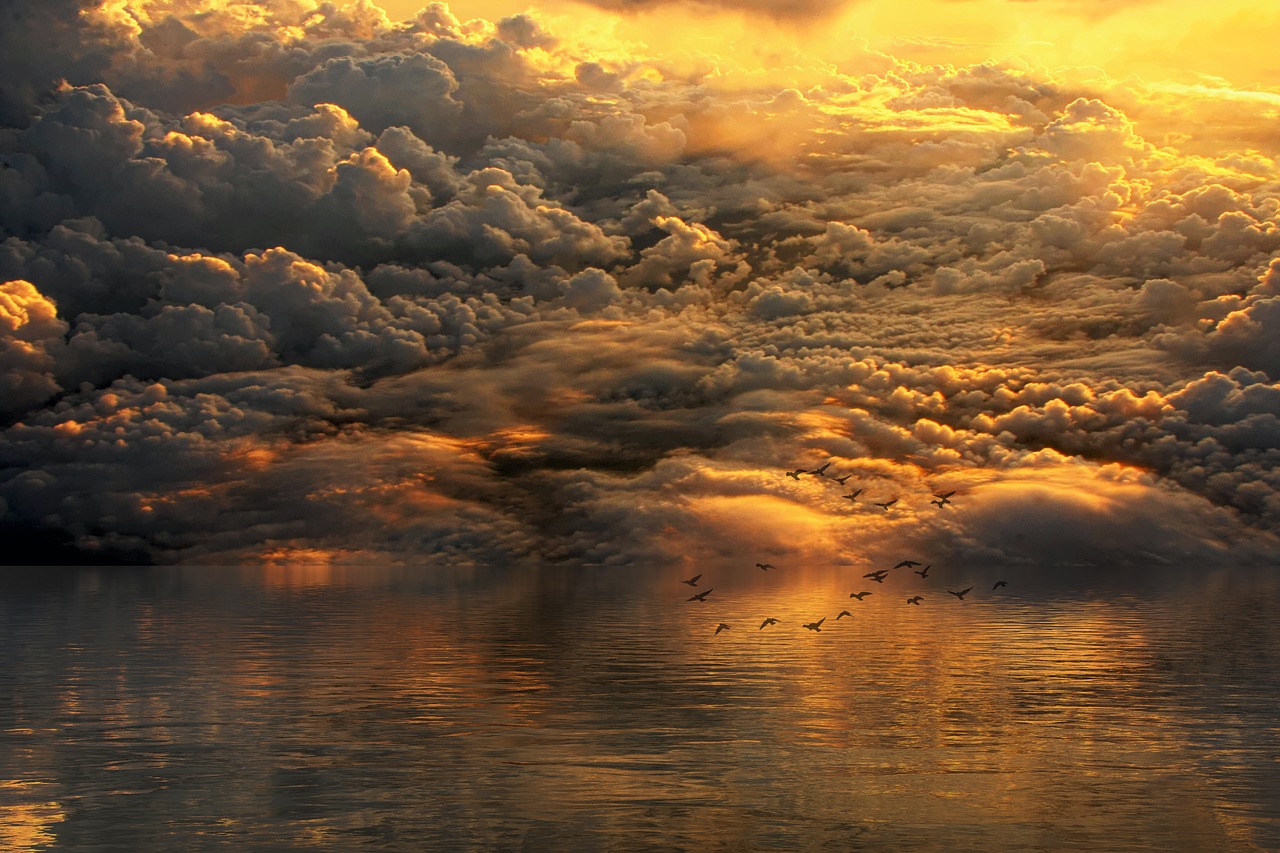
Nature as a Muse
Nature is often described as a powerful muse for artists, and for good reason. It offers an endless array of inspiration, from the intricate patterns found in leaves to the majestic forms of mountains and the vibrant colors of a sunset. When artists immerse themselves in the natural world, they tap into a wellspring of creativity that can transform their fantastical worlds into something truly magical. The beauty of nature can evoke emotions and ideas that are hard to capture in words, making it an essential element in the creation of fantasy art.
One of the most fascinating aspects of nature is its diversity. Each environment, whether it’s a lush forest, a desolate desert, or a bustling underwater scene, presents unique features that can inspire different themes and characters. For instance, an artist might find inspiration in the following elements:
- Flora: The variety of plants, from towering trees to delicate flowers, can influence the design of fantastical landscapes and settings.
- Fauna: Animals, both real and mythical, provide a rich source of ideas for character design, from majestic dragons soaring in the sky to whimsical creatures lurking in the shadows.
- Landscapes: The shapes and colors of mountains, rivers, and valleys can serve as backdrops for epic tales, setting the stage for adventures and quests.
By observing these elements closely, artists can create believable worlds that resonate with viewers. For example, the way light filters through the leaves of a tree can inspire an artist to depict a magical forest, where sunlight dances on the ground, creating a sense of wonder and enchantment. This attention to detail not only enhances the visual appeal of the artwork but also deepens the narrative, inviting the audience to explore these fantastical realms.
Moreover, nature's ever-changing dynamics provide a constant source of inspiration. The seasons bring about transformations that can influence an artist's mood and creativity. The vibrant colors of autumn leaves might inspire a warm, cozy scene, while the starkness of winter could lead to a more somber, introspective piece. By embracing these changes, artists can reflect the ebb and flow of life in their works, adding layers of meaning and emotion that resonate with audiences.
In conclusion, nature is not just a backdrop for fantasy art; it is a vital component that breathes life into the creations of artists. By observing and drawing inspiration from the world around them, artists can craft unique and captivating narratives that transport viewers to realms beyond their imagination. So the next time you find yourself in a natural setting, take a moment to appreciate the beauty and inspiration it offers. You might just find the spark you need to bring your own fantastical world to life!
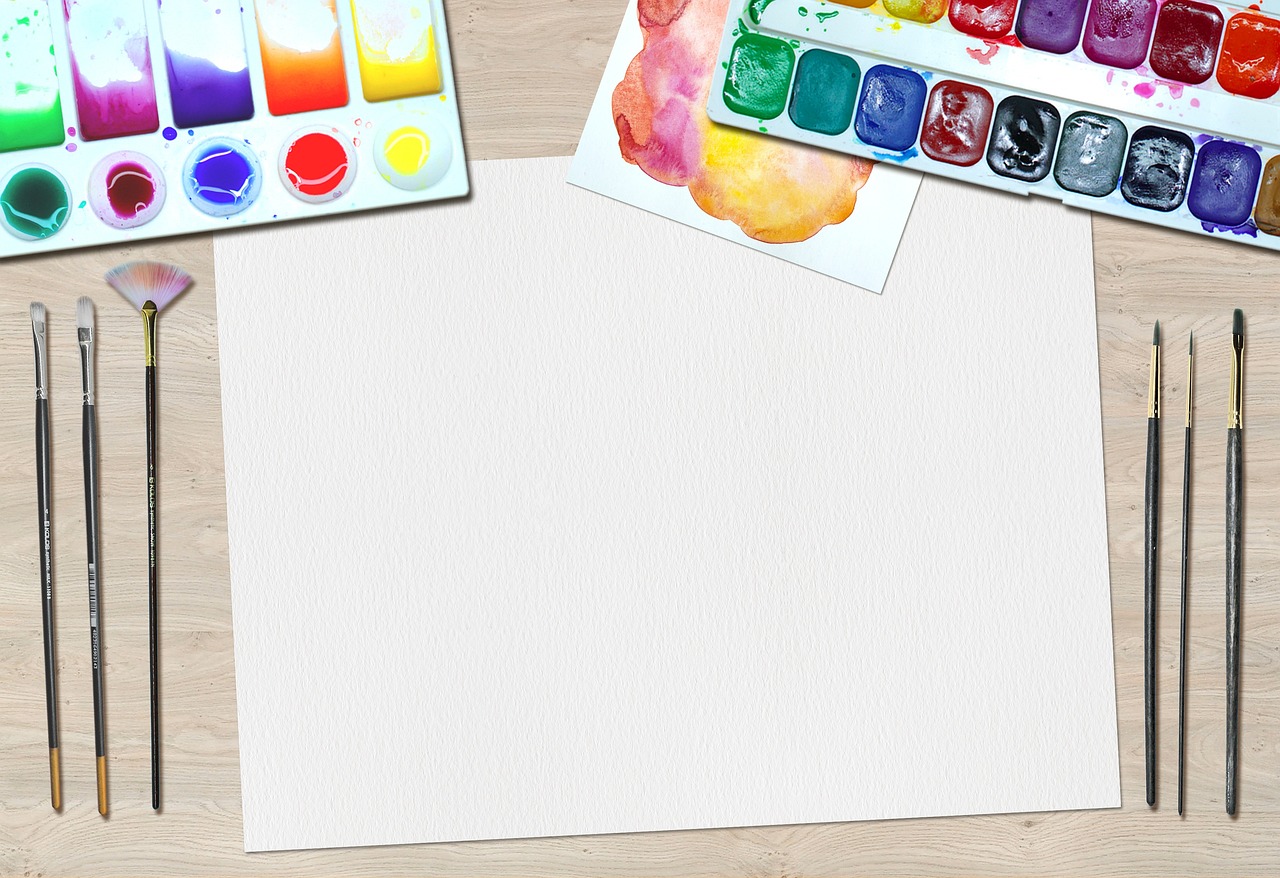
Literature and Mythology
Literature and mythology are like the treasure chests of inspiration for fantasy artists. They are filled with rich narratives, complex characters, and vivid worlds that spark the imagination and fuel creativity. Think about it: when you dive into a good book or explore ancient myths, you're not just reading words; you're stepping into a universe where anything is possible. This is the magic that artists tap into when they create their fantastical worlds.
Mythology, in particular, is a goldmine for artists. From the epic tales of Greek gods to the enchanting folklore of the Celts, these stories are steeped in symbolism and deep-rooted themes. Artists often pull elements from these myths, reinterpreting them to craft new characters and settings. For example, the majestic dragons of Eastern mythology can inspire a fierce creature in a fantasy landscape, while the heroic quests of ancient heroes can shape the narrative arc of a new story.
Literature also plays a significant role in this creative process. Classic novels, poetry, and even modern fantasy series provide frameworks for world-building and character development. Consider the works of authors like J.R.R. Tolkien or C.S. Lewis, who have created entire universes filled with intricate lore and unforgettable characters. These narratives not only entertain but also challenge artists to think about their own storytelling methods. By studying these literary giants, artists can learn how to weave compelling tales through their visual art.
Moreover, the interplay between literature and mythology can lead to unique artistic expressions. An artist might decide to illustrate a scene from a favorite book, or they could create an entirely new character inspired by a mythological figure. The possibilities are endless! This blending of influences allows for a rich tapestry of creativity, where artists can draw upon the past while crafting something entirely new. Here are a few ways literature and mythology can influence fantasy art:
- Character Development: Mythological figures often serve as archetypes, providing a foundation for character traits and motivations.
- World-Building: Literary settings can inspire the design of intricate landscapes and environments, enriching the fantasy world.
- Thematic Depth: Themes found in literature and mythology, such as heroism, sacrifice, and the battle between good and evil, can add layers of meaning to artwork.
In conclusion, literature and mythology are not just background influences; they are integral to the creation of fantasy art. By immersing themselves in these narratives, artists can unlock new dimensions of creativity, leading to the birth of extraordinary worlds and unforgettable characters. So, the next time you find yourself captivated by a story, remember that it could very well be the spark that ignites your next artistic masterpiece!
Q: How can I find inspiration from mythology for my art?
A: Start by reading different mythological stories from various cultures. Take notes on characters, settings, and themes that resonate with you. Consider how you can reinterpret these elements in your own unique style.
Q: What literary works should I explore for fantasy art inspiration?
A: Look into classic fantasy novels like "The Hobbit" by J.R.R. Tolkien or "The Chronicles of Narnia" by C.S. Lewis. Contemporary series like "A Song of Ice and Fire" by George R.R. Martin can also provide rich inspiration.
Q: Can I mix elements from different mythologies in my artwork?
A: Absolutely! Mixing elements from various mythologies can lead to innovative and unique creations. Just be mindful of cultural sensitivity and aim to respect the origins of the myths you incorporate.
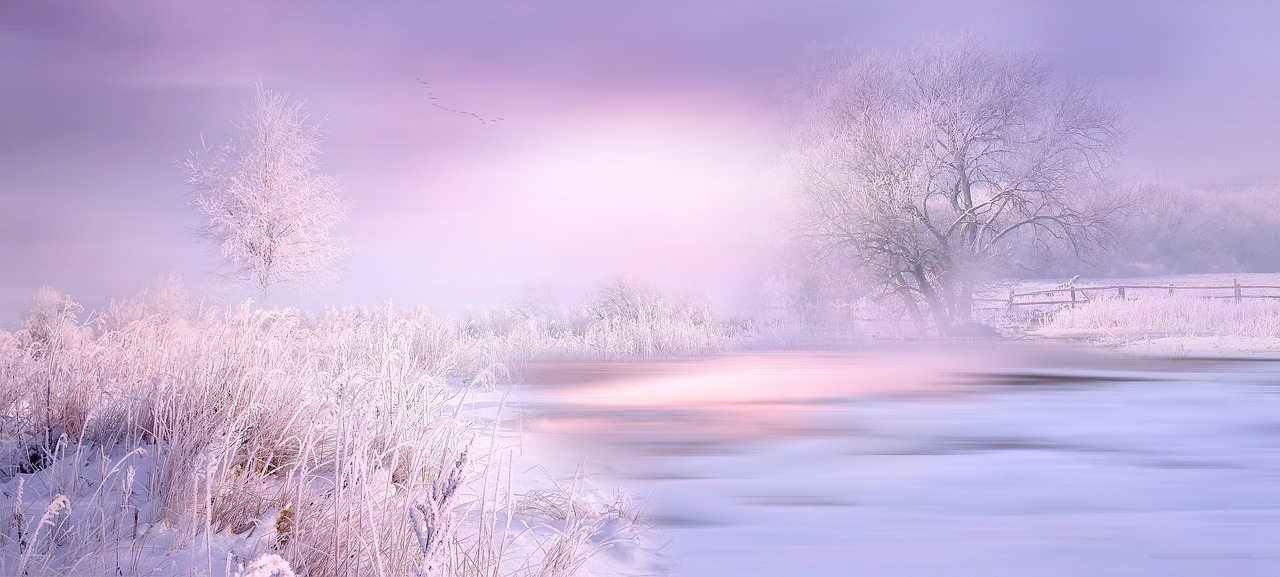
Developing a Unique Style
Every artist dreams of having a unique style that sets their work apart from the crowd. It’s like finding your voice in a world filled with noise; it can be challenging yet incredibly rewarding. Developing a unique style is not just about the techniques you use but also about how you express your thoughts and emotions through your art. Imagine walking through a gallery where each piece tells a different story, yet all share a common thread that reflects the artist’s personality. That’s the magic of a distinctive style!
To cultivate this personal artistic voice, it’s essential to embrace experimentation and practice. Think of it as a playful dance where you try out different moves until you discover your rhythm. Don’t be afraid to step outside your comfort zone! Try new techniques, materials, and themes. The more you explore, the more you’ll uncover what resonates with you. For instance, you might start with traditional pencil sketches, then transition to vibrant watercolors, or even dive into the digital realm. Each medium offers a unique way to express your ideas.
Moreover, let’s not forget the importance of influences and inspirations. Every artist is shaped by the world around them, including their favorite creators. Consider the artists you admire; what elements of their work do you find captivating? Is it their use of color, the way they construct characters, or perhaps their storytelling techniques? Studying these influences can provide valuable insights and help you shape your own unique style. Remember, it’s not about copying but rather about understanding and integrating those elements into your work.
As you embark on this journey of self-discovery, it’s crucial to document your progress. Keep a sketchbook handy to jot down ideas, doodles, and concepts that inspire you. This not only serves as a visual diary but also allows you to track your evolution as an artist. Over time, you will notice patterns in your work that reflect your personal style. Embrace these patterns; they are the building blocks of your artistic identity.
In conclusion, developing a unique style is an ongoing journey filled with exploration, practice, and inspiration. It’s about finding joy in the process and allowing your creativity to flourish. So, grab your tools, unleash your imagination, and start crafting the fantastical worlds that only you can create!
- How do I find my unique style as an artist?
Finding your unique style involves experimentation and practice. Try different techniques, materials, and themes until you discover what resonates with you. - Can I be inspired by other artists?
Absolutely! Studying the work of other artists can provide valuable insights and help you shape your own style. Just remember to put your own twist on it! - How important is practice in developing a unique style?
Practice is crucial. The more you draw and experiment, the more you will refine your skills and develop your artistic voice.
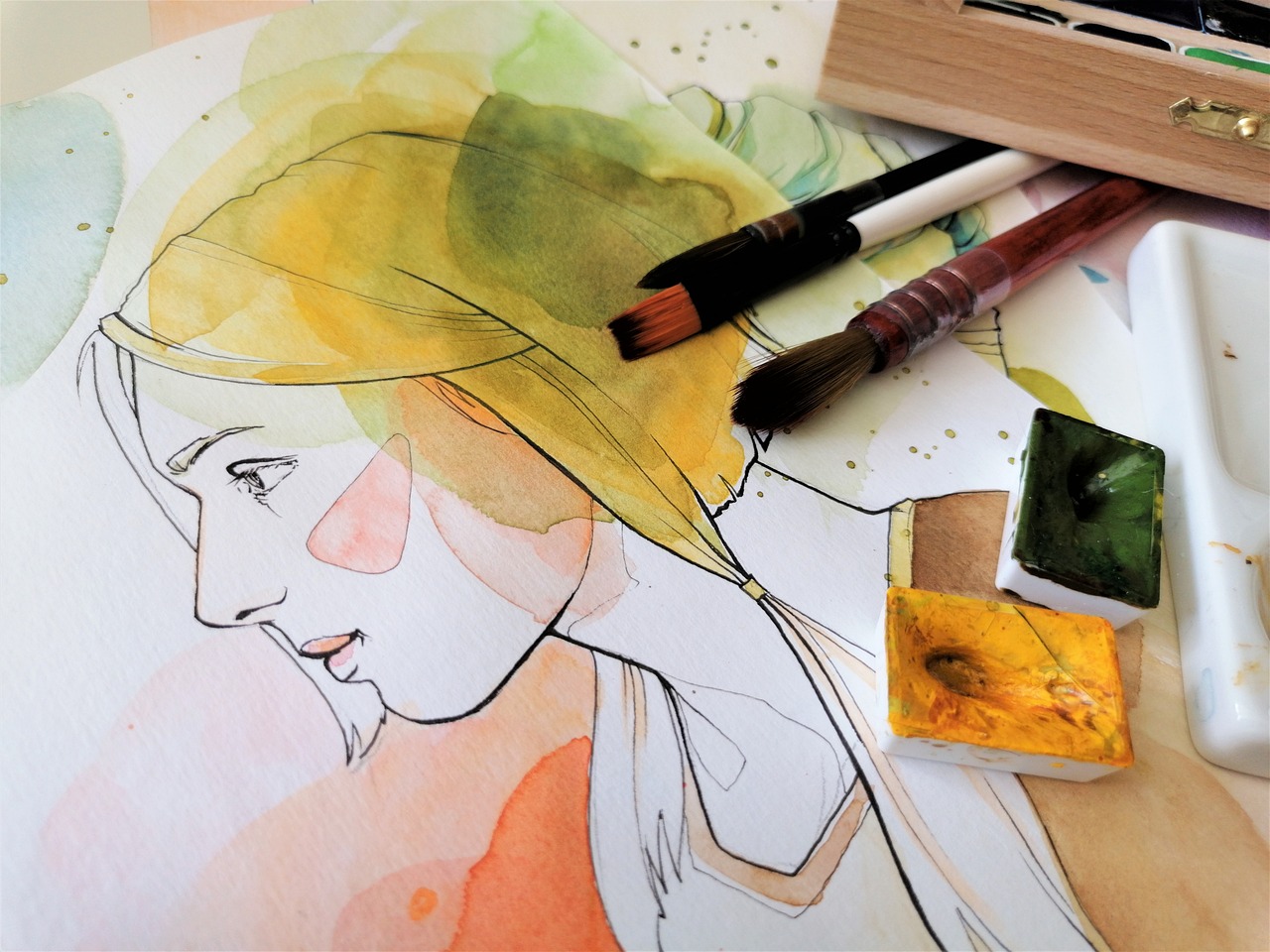
Experimentation and Practice
When it comes to developing a unique style in fantasy art, experimentation and practice are your best friends. Imagine trying to bake a cake without ever testing different recipes; you might end up with something bland and uninspiring. Similarly, as an artist, you need to mix and match techniques, styles, and mediums to discover what truly resonates with you. This journey of trial and error not only enhances your skills but also opens up a world of creative possibilities.
One of the most exciting aspects of art is the ability to play around with different elements. Want to try a new color palette? Go for it! Curious about how a different brush stroke might change the feel of your piece? Dive right in! The key is to embrace the process and not fear mistakes. After all, every great artist has faced their share of failed attempts—it's part of the journey. Think of it as a game of exploration, where each misstep can lead to a new discovery.
Incorporating regular practice into your routine is equally important. Just like a musician needs to practice scales, artists must hone their skills through consistent effort. Set aside time each week to sketch, paint, or experiment with new techniques. It doesn't always have to be a grand project; even small doodles can spark creativity. Here are a few tips to make your practice more effective:
- Set specific goals: Instead of just saying, "I’ll draw more," set a target like "I’ll complete one character sketch every week." This gives you a tangible aim.
- Keep a sketchbook: Carry it everywhere! Jot down ideas, sketches, or even random thoughts that might inspire future work.
- Join art challenges: Participate in online art challenges or prompts. They can push you out of your comfort zone and introduce you to new techniques.
Moreover, don’t shy away from seeking feedback. Sharing your work with others can provide valuable insights and help you grow. Sometimes, a fresh pair of eyes can spot things you might have missed, or offer suggestions that spark new ideas. Remember, art is a community-driven endeavor, and engaging with fellow artists can be incredibly rewarding.
In conclusion, the road to finding your unique style is paved with experimentation and practice. Embrace the chaos of creativity, take risks, and don’t forget to enjoy the ride. Each stroke of your pencil or brush is a step closer to discovering the artist within you. So grab your tools, dive into your imagination, and let the magic of fantasy art unfold!
- How often should I practice drawing? Aim for at least a few times a week. Consistency is key to improvement!
- What if I don't like my early experiments? Embrace them! Every piece is a learning opportunity, even if it doesn't turn out as expected.
- Can I develop my style by copying other artists? While it’s okay to study others, always aim to incorporate your own ideas and techniques to develop a unique voice.
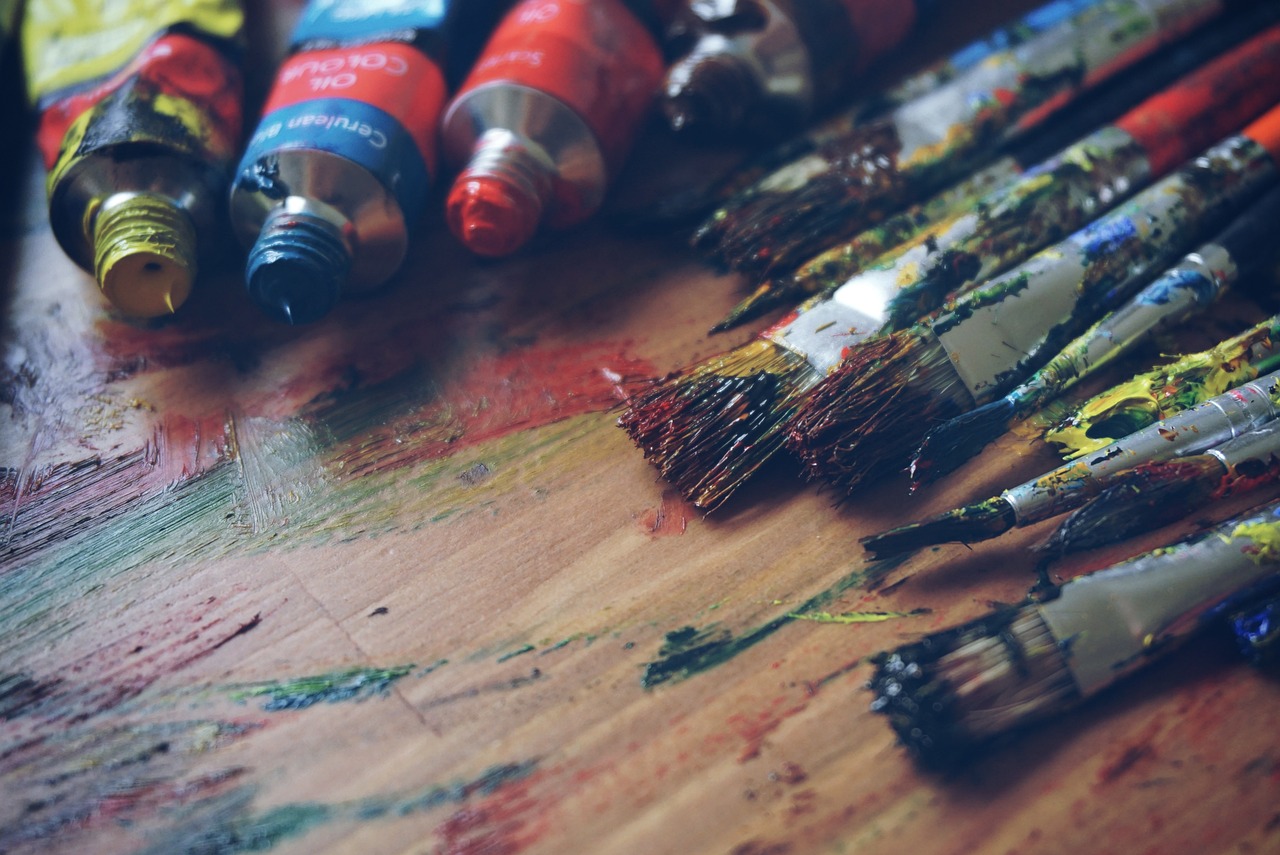
Influences and Inspirations
When it comes to the world of fantasy art, influences and inspirations are like the wind beneath an artist's wings. They lift creativity to new heights and help transform mere ideas into breathtaking visuals. Every artist has a unique tapestry of influences, which often includes a rich blend of personal experiences, cultural backgrounds, and artistic movements. For many, the journey begins with the stories they grew up with, whether they were fairy tales whispered at bedtime or epic sagas read in school. These narratives not only spark imagination but also provide a framework for creating complex worlds and characters.
Moreover, the visual arts themselves play a significant role in shaping an artist's style. From the bold strokes of the Impressionists to the intricate details of the Baroque period, artists often find themselves inspired by the works of those who came before them. This influence can manifest in various ways, such as color palettes, composition techniques, or even thematic elements. For instance, an artist may draw inspiration from the vibrant colors of Van Gogh’s landscapes and blend them with the fantastical creatures of mythology to create a unique visual narrative.
Nature, too, serves as an endless source of inspiration. The intricate patterns of leaves, the majestic forms of mountains, and the enchanting colors of sunsets can all be woven into the fabric of fantasy worlds. Artists often find themselves wandering through forests or sitting by the ocean, absorbing the beauty around them. This connection to nature allows them to create environments that feel both magical and grounded in reality. The way a dragon might soar through a sunset-lit sky or how a fairy might flit among the flowers can be directly traced back to these natural influences.
Another important source of inspiration is literature and mythology. The tales of gods and heroes from ancient cultures often provide a rich backdrop for fantasy art. For example, the mythical creatures from Greek mythology, such as centaurs and griffins, have inspired countless artists to reimagine these beings in their own unique styles. This interplay between literature and visual art creates a dynamic relationship where stories are not just told through words but also through striking imagery.
Lastly, artists often find inspiration in their peers and mentors. The art community is a vibrant ecosystem where ideas are shared, techniques are honed, and creativity flourishes. By attending art shows, participating in workshops, or simply engaging with fellow artists online, one can absorb a wealth of knowledge and inspiration. This collaborative spirit can lead to the birth of new styles and concepts that push the boundaries of traditional fantasy art.
In summary, influences and inspirations are the lifeblood of fantasy art. They come from a myriad of sources—stories, nature, art history, and community. Each artist's journey is unique, and as they weave these influences into their work, they create something truly extraordinary that captivates and inspires others.
- What are some common sources of inspiration for fantasy artists? Fantasy artists often draw inspiration from nature, literature, mythology, and the works of other artists.
- How can I find my unique artistic style? Experimentation and practice are key. Try different techniques and study the work of artists you admire to develop your own voice.
- Why is storytelling important in fantasy art? Storytelling adds depth to artwork, allowing viewers to connect emotionally with characters and worlds, enhancing their overall experience.
- What tools do I need to start drawing fantasy art? You can start with basic tools like pencils and sketchbooks, or explore digital platforms like tablets and software for a wider range of possibilities.
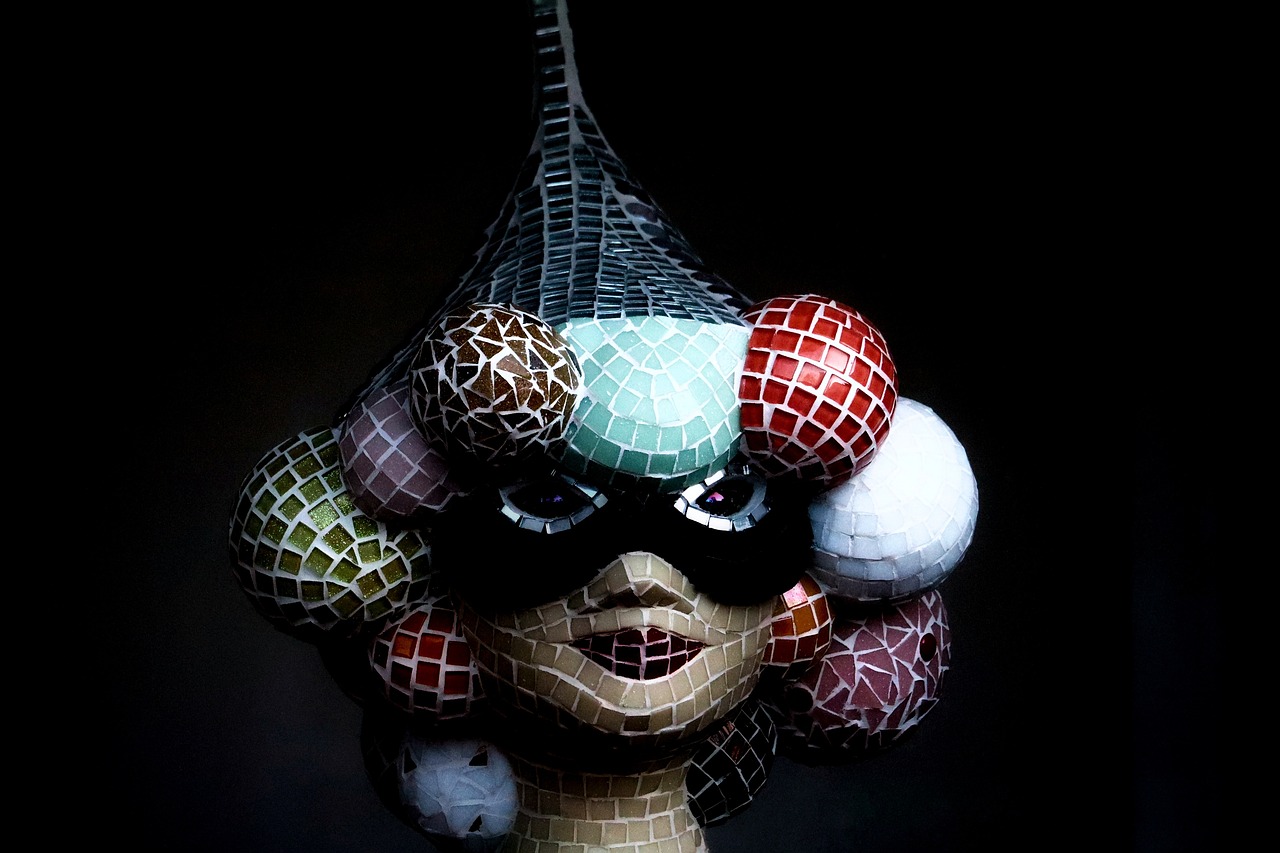
Bringing Characters to Life
Characters are the heart and soul of any fantastical world, acting as the bridge between the artist's imagination and the audience's experience. When you think about it, don't you often remember a story more vividly because of its characters? They resonate with us, drawing us into their journeys, struggles, and triumphs. To create memorable characters, artists need to master a variety of techniques that breathe life into their designs. This involves not only visual elements but also an understanding of personality and backstory. After all, a character isn’t just a figure on a page; they are the embodiment of emotions, stories, and dreams.
One of the essential aspects of character design is understanding the fundamentals of anatomy and proportion. This doesn’t mean every character has to be anatomically perfect; rather, it’s about creating a believable form that enhances the character's personality. For instance, a towering giant might have exaggerated features, while a delicate fairy could be designed with softer, more whimsical lines. The key is to ensure that every aspect of the character's design reflects their role in the story. Consider how a character's posture, facial expressions, and even their clothing can convey their emotions and intentions.
Additionally, storytelling through characters is a powerful tool. A well-designed character can communicate a wealth of information without uttering a single word. For example, the choice of colors in their clothing can symbolize their personality traits—dark hues might suggest mystery or danger, while bright colors could signify joy and optimism. Furthermore, the way a character interacts with their environment can tell us a lot about them. Are they confident, striding boldly through a bustling marketplace, or are they timid, hiding in the shadows? These nuances bring depth to the character, making them relatable and engaging for the audience.
To illustrate this point, let’s consider a few character archetypes and how they might be visually represented:
| Character Archetype | Visual Representation | Emotional Tone |
|---|---|---|
| The Hero | Strong build, determined expression, vibrant colors | Bravery, hope |
| The Villain | Slim figure, dark clothing, sharp features | Deceit, menace |
| The Mentor | Age lines, wise eyes, earthy tones | Wisdom, guidance |
| The Sidekick | Playful posture, bright colors, quirky accessories | Humor, loyalty |
In conclusion, bringing characters to life is a multifaceted process that requires attention to detail, creativity, and a deep understanding of storytelling. By skillfully combining visual elements with rich narratives, artists can create characters that not only inhabit their fantastical worlds but also leave a lasting impression on their audience.
- What are the key elements of character design? Key elements include anatomy, expression, costume, and color choices, which all work together to convey the character's personality and story.
- How can I improve my character drawing skills? Practice regularly, study anatomy, explore different art styles, and seek feedback from other artists to refine your skills.
- What role does backstory play in character design? A character's backstory informs their design choices, helping to create a more relatable and believable figure that resonates with the audience.
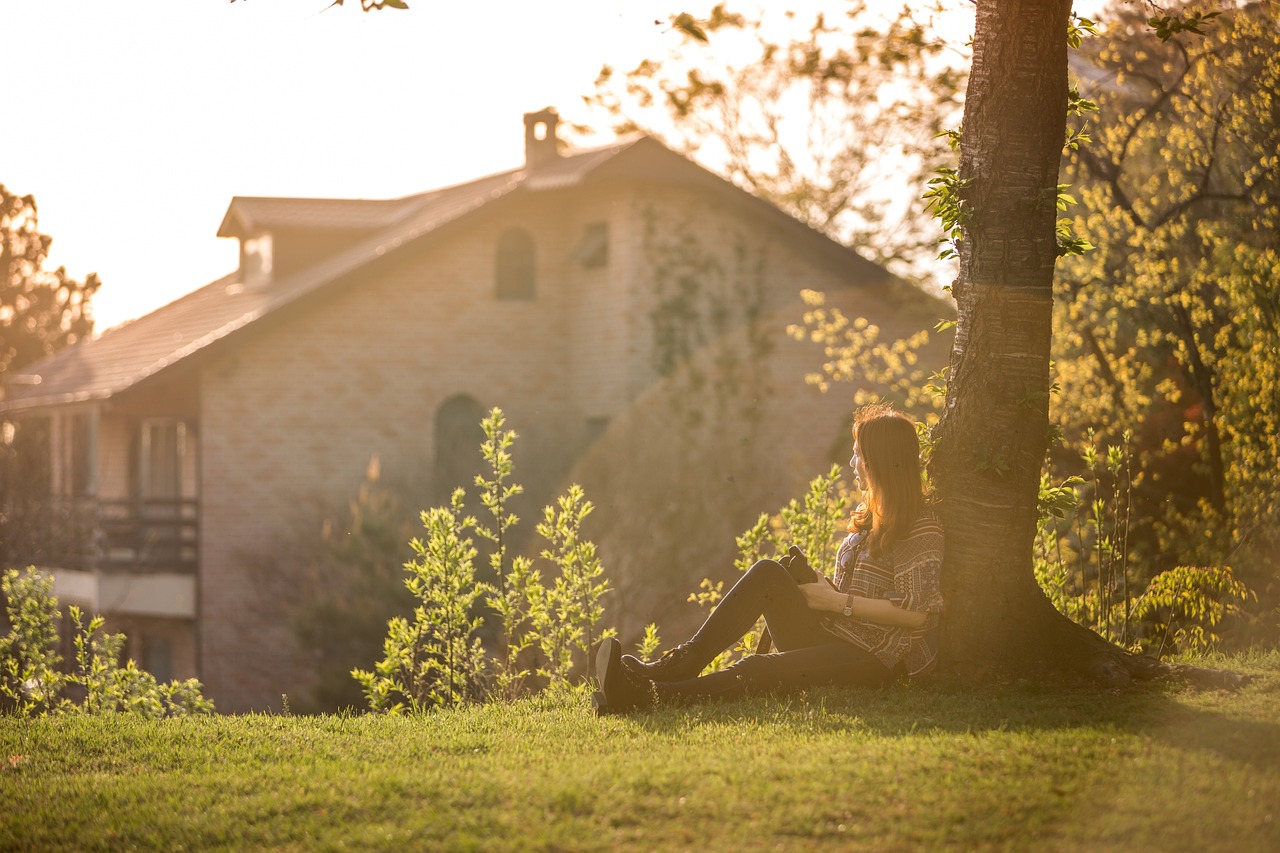
Character Design Fundamentals
When it comes to creating fantastical worlds, characters are the heart and soul of your narrative. They are not just mere illustrations; they embody the emotions, struggles, and triumphs of the stories you wish to tell. To design compelling characters, one must grasp a few fundamental principles that will guide the artistic process and breathe life into your creations.
First and foremost, understanding anatomy is crucial. This doesn't mean you have to be a master of human anatomy alone; rather, it involves grasping the basic structure of the body and how it moves. Whether you're drawing a heroic knight or a whimsical creature, a solid foundation in anatomy allows for more believable and dynamic poses. For example, consider the difference between a character standing confidently versus one that appears timid. The posture, the angle of the shoulders, and even the tilt of the head can convey a multitude of emotions.
Next, expression plays a vital role in character design. A character's face is their canvas, and the expressions you choose can communicate their feelings and intentions without saying a word. Think about how a simple smile can evoke warmth, while a furrowed brow can suggest tension or anger. To master this, practice drawing different expressions and consider how they relate to your character's personality and backstory. This not only adds depth to your character but also enhances the viewer's connection to them.
Another essential aspect is costume design. The clothing a character wears can tell a story of its own. It reflects their background, culture, and even their profession. For instance, a character dressed in tattered rags might hint at a troubled past, while a regal outfit could indicate nobility or power. When designing costumes, consider the following:
- What materials would be available in your character's world?
- How does their clothing reflect their personality?
- Are there any cultural or historical influences to consider?
Additionally, think about the colors you choose. Colors can evoke emotions and set the tone for your character. A bright palette may suggest cheerfulness and energy, while darker shades could indicate mystery or danger. Experimenting with color combinations can lead to unique and striking character designs that resonate with your audience.
Lastly, never underestimate the power of storytelling through your characters. Each character should have a backstory that informs their design choices. What experiences have shaped them? What are their goals and fears? When you weave these elements into your character design, you create a more immersive experience for your audience. Consider creating a character sheet that includes sketches, notes on their personality, and a brief summary of their history. This can serve as a valuable reference as you continue to develop your character and their role in your fantastical world.
In summary, mastering character design fundamentals is about understanding anatomy, expression, costume design, color theory, and storytelling. By focusing on these elements, you can create characters that not only look stunning but also resonate deeply with your audience, enriching the narrative of your fantastical world.
| Question | Answer |
|---|---|
| What is the most important aspect of character design? | The most important aspect is creating a character that resonates emotionally with the audience, which involves understanding anatomy, expression, and backstory. |
| How can I improve my character design skills? | Practice regularly, study the work of other artists, and experiment with different techniques and styles. |
| Should I focus on realism in my character designs? | While realism can enhance your designs, fantasy art allows for creativity and imagination, so feel free to explore stylized approaches. |
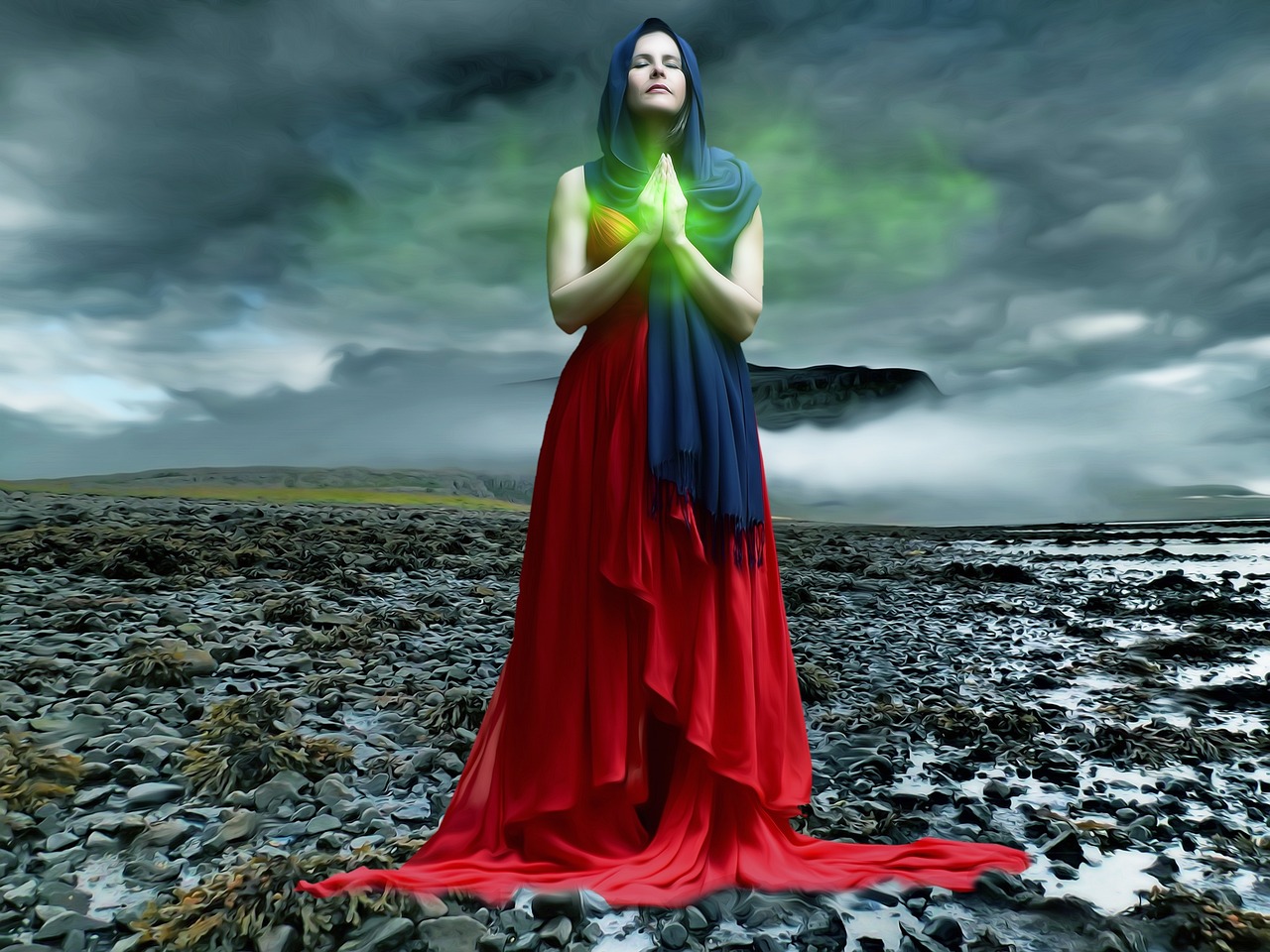
Storytelling Through Characters
Characters are not just mere figures in a fantasy world; they are the heart and soul of the narrative. Every twist and turn in a story often hinges on the actions, emotions, and growth of these characters. When artists create characters, they are not merely sketching figures; they are crafting complex personalities that resonate with the audience. Think about your favorite stories—what keeps you engaged? It's usually the characters and their journeys, right? This is where the magic of storytelling through characters comes into play.
To create compelling characters, artists must delve deep into their personalities. Here are some key aspects to consider:
- Anatomy: Understanding the human (or creature) form is essential. A well-proportioned character can convey strength, fragility, or agility, depending on the story's needs.
- Expression: Facial expressions are vital for conveying emotions. A simple smile or frown can tell a story without uttering a single word.
- Costume Design: The clothing and accessories a character wears can reveal their background, culture, and personality. Think of a knight in shining armor versus a rogue in tattered clothes—each tells a different story.
Moreover, the way characters interact with their surroundings and other characters can enhance the narrative significantly. For instance, consider a hero who struggles against overwhelming odds. Their determination and resilience can inspire viewers, creating a connection that goes beyond the visual. This connection is what makes a character memorable and relatable. When artists focus on , they invite viewers to embark on a journey filled with emotions, challenges, and triumphs.
Additionally, character backstories play a pivotal role in storytelling. A character with a rich history is often more engaging. For example, if an artist creates a dragon that once protected a kingdom but now seeks revenge, the audience is naturally drawn to explore the reasons behind its transformation. This depth adds layers to the character, making them more than just a visual element; they become a living part of the story.
In conclusion, storytelling through characters is about weaving a tapestry of emotions, experiences, and connections. It’s about creating figures that leap off the page and into the hearts of the audience. As artists refine their skills and techniques, they must remember that every character they create has the potential to tell a story—one that can captivate, inspire, and resonate long after the artwork is complete.
- What is the importance of character design in fantasy art? Character design is crucial as it helps convey emotions, backgrounds, and the overall narrative, making the artwork more engaging.
- How can I improve my character design skills? Practice regularly, study anatomy, and analyze characters from your favorite books or films to understand what makes them compelling.
- Can character backstories enhance the visual appeal of art? Absolutely! A rich backstory adds depth to characters, making them more relatable and interesting to the audience.
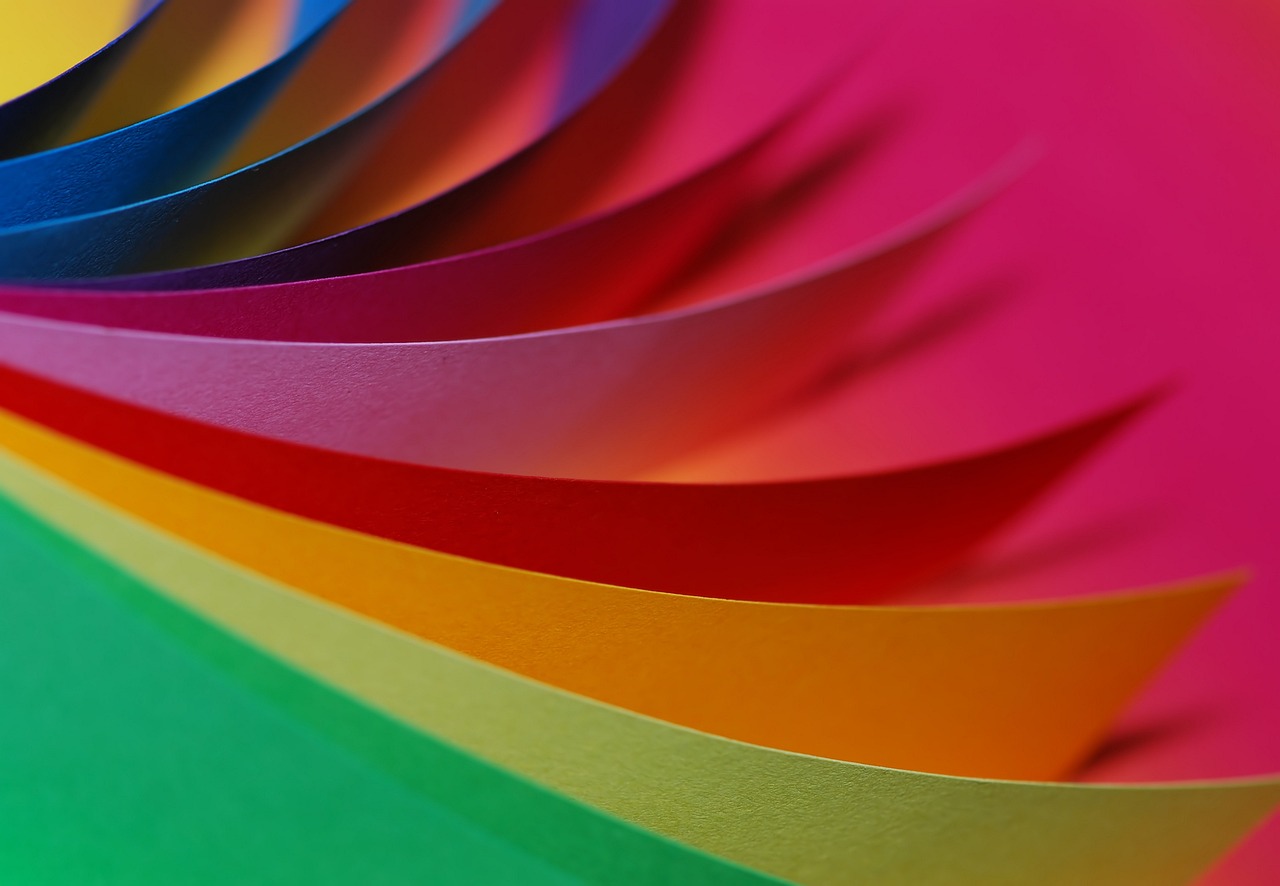
Finalizing Your Artwork
Finalizing your artwork is like putting the cherry on top of a delicious cake. It’s the moment when all your hard work comes together, and you get to see your fantastical world come to life in its full glory. This stage is crucial because it not only showcases your talent but also defines how your audience perceives your art. So, how do you ensure that your masterpiece stands out? Let's dive into some essential techniques for refining and presenting your work.
First and foremost, editing and refining are vital steps in the artistic process. This is where you take a step back and critically assess your creation. Look for areas that need improvement—maybe a character’s expression doesn’t convey the emotion you intended, or perhaps the colors in your landscape could use more contrast. Here are some strategies to help you with this:
- Take Breaks: Stepping away from your artwork can provide fresh perspectives when you return.
- Seek Feedback: Sharing your work with trusted friends or fellow artists can yield valuable insights.
- Use Reference Images: Comparing your work to reference images can help identify areas needing adjustment.
Once you've made necessary edits, it’s time to focus on the presentation. How you showcase your artwork can significantly impact its reception. Consider the following methods to present your work effectively:
- Digital Platforms: Websites like Instagram, ArtStation, and DeviantArt allow you to reach a broader audience.
- Physical Exhibitions: Participating in local art shows or galleries can help you connect with the community.
- Prints and Merchandise: Consider producing prints or merchandise to share your art in different formats.
Additionally, when preparing your artwork for display or publication, pay attention to the technical aspects. This includes ensuring that your images are high-resolution and properly cropped. If you’re sharing digitally, think about the aspect ratio and file format that best suits the platform you’re using. A well-presented piece can make all the difference in how it is perceived by your audience.
Finally, don’t underestimate the power of storytelling in your presentation. Accompany your artwork with a brief description or narrative that explains your inspiration and the journey behind the piece. This not only engages viewers but also allows them to connect with your work on a deeper level. Remember, art is not just about what you see; it’s about what you feel.
Q1: How do I know when my artwork is finished?
A1: It can be challenging to determine when a piece is complete. A good rule of thumb is to step away for a while and return with fresh eyes. If you find yourself making minor adjustments without significant changes, it might be time to finalize it.
Q2: What should I include in my artwork description?
A2: Your description should include your inspiration, the techniques you used, and any relevant background information that enhances the viewer's understanding of your work.
Q3: How can I promote my finished artwork?
A3: Utilize social media platforms, engage with art communities, and consider creating a personal website or portfolio to showcase your work. Networking with other artists can also open doors for collaborations and exhibitions.
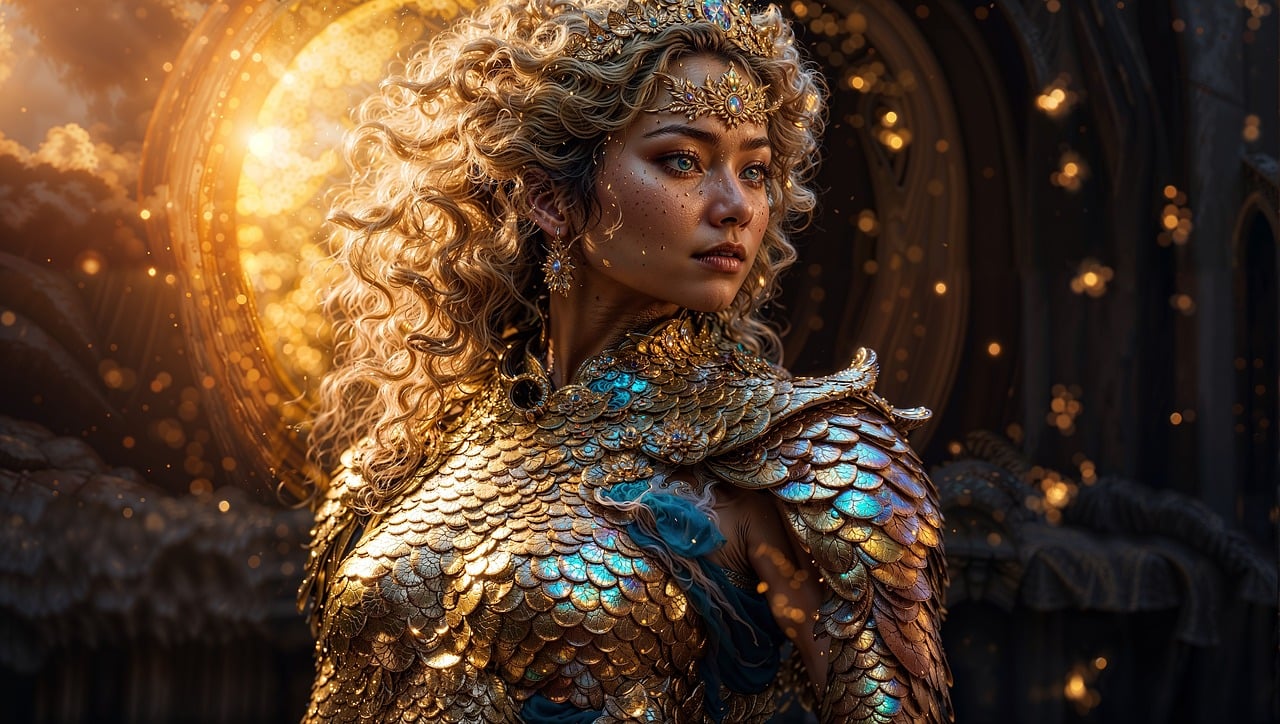
Editing and Refining
Editing and refining your artwork is a pivotal stage in the creative process, where the magic of transformation truly happens. Just like a sculptor chisels away at a block of marble to reveal the masterpiece within, artists must meticulously assess their work to enhance its quality and impact. This phase is not merely about correcting mistakes; it's an opportunity to elevate your piece from good to extraordinary. Have you ever gazed at a painting and felt it spoke to you? That connection often stems from the artist's dedication to refining every detail.
When diving into the editing process, it's essential to approach your artwork with a fresh perspective. Taking a break before returning to your piece can help you see it through new eyes, allowing you to spot areas that may need improvement. Consider asking yourself questions like: Is the composition balanced? Does the color palette evoke the intended mood? Are the characters and elements harmonious? These inquiries can guide you in identifying what works and what doesn’t.
Moreover, it’s beneficial to have a checklist for editing. Here are some key aspects to consider:
- Composition: Ensure that the arrangement of elements leads the viewer's eye naturally across the artwork.
- Color Harmony: Assess the color choices to create a cohesive atmosphere that enhances the narrative.
- Detailing: Look for areas that could benefit from additional details or refinement, especially in focal points.
- Consistency: Verify that the style is consistent throughout the piece, maintaining a unified artistic voice.
After addressing these key elements, it’s time to refine the details. This can involve adjusting line weights, enhancing textures, or even reworking certain areas entirely. Don’t shy away from making bold changes. Sometimes, the most significant improvements come from taking risks and stepping outside your comfort zone. Remember, art is a reflection of your unique vision, and it’s okay to experiment until you find what resonates best.
Finally, once you feel satisfied with the edits, consider getting feedback from fellow artists or trusted friends. Constructive criticism can provide valuable insights that you might have overlooked. Just like a writer benefits from an editor's eye, your artwork can gain depth and clarity through the perspectives of others. Embrace the editing and refining process as a journey that ultimately brings your fantastical worlds to life in a way that captivates and enchants your audience.
Q: How do I know when my artwork is finished?
A: It's often a gut feeling. When you can look at your piece and feel satisfied with the details, composition, and overall message, it’s likely ready. However, don’t hesitate to seek feedback from others to confirm your instincts.
Q: What should I do if I feel stuck during the editing process?
A: Take a break! Stepping away for a while can help clear your mind. When you return, look at your work with fresh eyes. Sometimes, a little distance can provide the clarity you need.
Q: Is it okay to make significant changes during the editing process?
A: Absolutely! In fact, some of the best artworks evolve significantly during editing. Don’t be afraid to make bold changes if you believe they will enhance your piece.

Sharing Your Work
Once you've poured your heart and soul into creating a piece of fantasy art, the next thrilling step is sharing it with the world. It's like sending your child off to school for the first time—exciting, nerve-wracking, and full of possibilities! But how do you effectively showcase your artwork in a way that resonates with others? There are numerous platforms and methods available, and choosing the right one can make all the difference.
Firstly, social media is a powerhouse for artists. Platforms like Instagram, Facebook, and Twitter allow you to reach a vast audience. By using relevant hashtags such as #FantasyArt or #ArtCommunity, you can connect with fellow artists and enthusiasts who share your passion. Regularly posting your work not only keeps your audience engaged but also helps you build a following. Don't forget to interact with your audience! Responding to comments and messages creates a sense of community and encourages more people to share your work.
In addition to social media, consider creating a personal website or blog. This space can serve as a portfolio to showcase your best pieces, document your artistic journey, and even share tutorials or insights into your creative process. A website gives you full control over how your art is presented and can be a great way to attract commissions or sales. You can also use platforms like Behance or ArtStation specifically designed for artists to display their work professionally.
Another excellent avenue for sharing your art is through online art communities and forums. Websites such as DeviantArt and Reddit have dedicated sections where artists can post their work and receive feedback. Engaging with these communities can provide valuable insights and constructive criticism, which can help you grow as an artist. Plus, you might just make some lifelong friends along the way!
Lastly, consider participating in art contests or exhibitions. Not only do these events provide exposure, but they also challenge you to push your creative boundaries. Winning or being featured in a contest can significantly elevate your profile and attract new followers. Keep an eye out for local art shows or online competitions that align with your style and interests.
In summary, sharing your artwork is not just about putting it out there; it's about building connections and engaging with a community that appreciates your creativity. Whether through social media, a personal website, or art communities, the key is to be consistent and authentic. Remember, every like, comment, and share is a step towards growing your artistic presence!
- What social media platforms are best for sharing art? Instagram, Facebook, and Twitter are great for showcasing your work and connecting with other artists.
- How can I build a following for my art? Engage with your audience by responding to comments, using relevant hashtags, and posting consistently.
- Is it worth creating a personal website? Yes! A personal website acts as a portfolio and gives you control over how your work is presented.
- Are online art communities beneficial? Absolutely! They provide feedback, support, and opportunities to connect with other artists.
- Should I participate in art contests? Participating in contests can enhance your visibility and challenge you creatively.
Frequently Asked Questions
- What is fantasy art?
Fantasy art is a genre that blends imagination and creativity, allowing artists to create worlds and characters that exist beyond the boundaries of reality. It encompasses various styles and techniques, often drawing inspiration from mythology, literature, and nature.
- What tools do I need to start drawing fantasy art?
To begin your journey in fantasy art, you can use traditional tools like pencils, inks, and paints, or explore digital tools such as graphic tablets and software like Photoshop or Procreate. The choice depends on your personal preference and the style you wish to develop.
- How can I find inspiration for my fantasy drawings?
Inspiration can be found in numerous places! Nature, literature, and mythology are fantastic sources. Take a walk outside, read a captivating book, or dive into ancient myths to spark your imagination and fuel your creativity.
- What are some basic techniques for sketching?
Starting with basic sketching techniques is crucial. Focus on shapes, proportions, and light shading. Practice drawing simple forms and gradually build complexity as you become more comfortable with your skills.
- How can I develop my unique style in fantasy art?
Experimentation and consistent practice are key! Try different techniques, study the work of artists you admire, and don't be afraid to make mistakes. Over time, you'll find elements that resonate with you and help shape your distinctive artistic voice.
- What is character design, and why is it important?
Character design involves creating unique and compelling figures that enhance storytelling. It is essential because well-designed characters can evoke emotions and connect with audiences, making them memorable and impactful in the narrative.
- How do I finalize my artwork before sharing it?
Finalizing your artwork involves editing and refining your piece. Look for areas that can be improved, add finishing touches, and ensure your work is polished and ready for presentation. Consider feedback from peers to enhance your final product.
- What are some effective ways to share my fantasy art with others?
You can share your artwork through social media platforms, art communities, and online galleries. Engaging with fellow artists and art enthusiasts can help you build a supportive network and gain exposure for your creations.



















